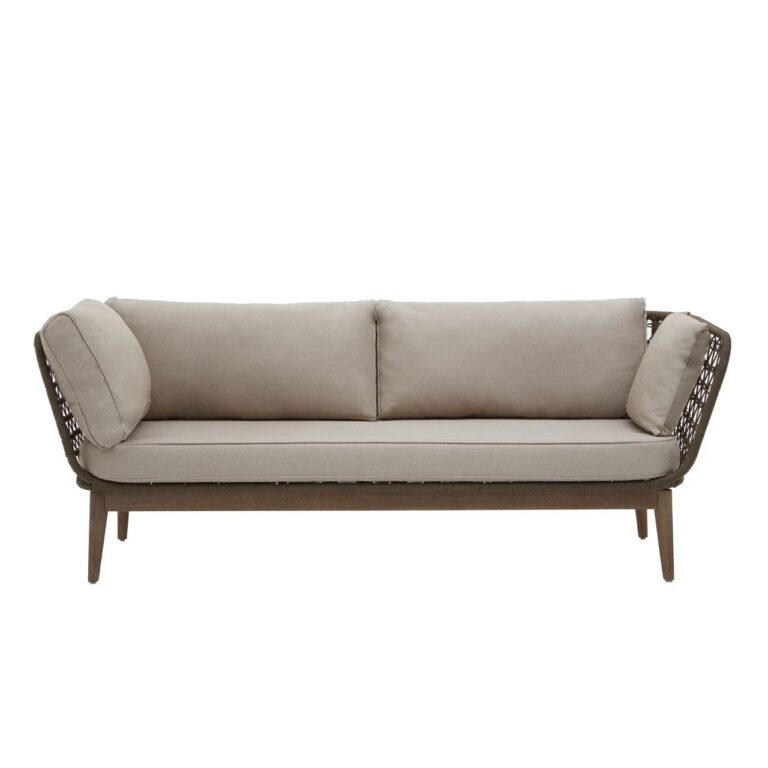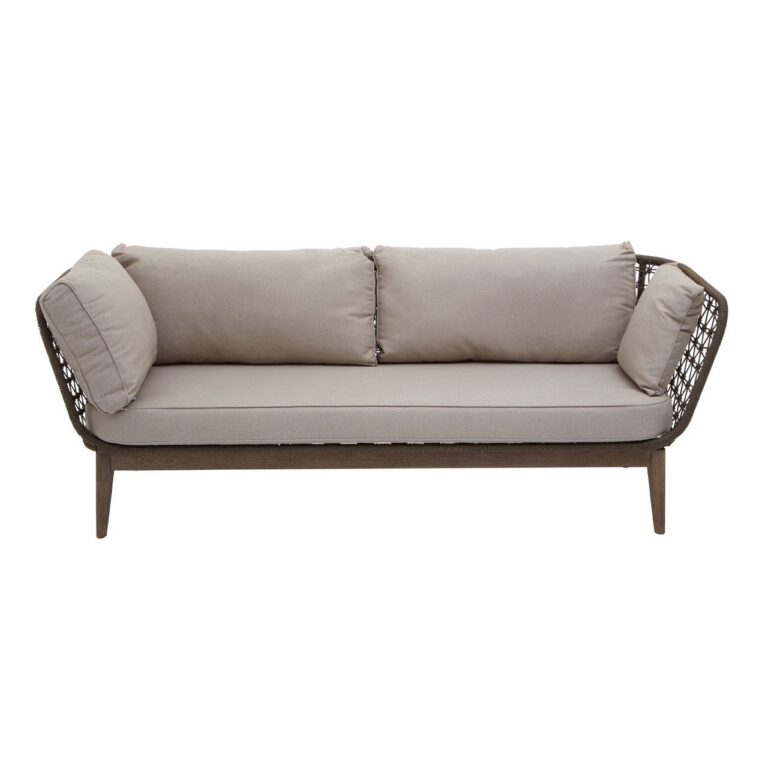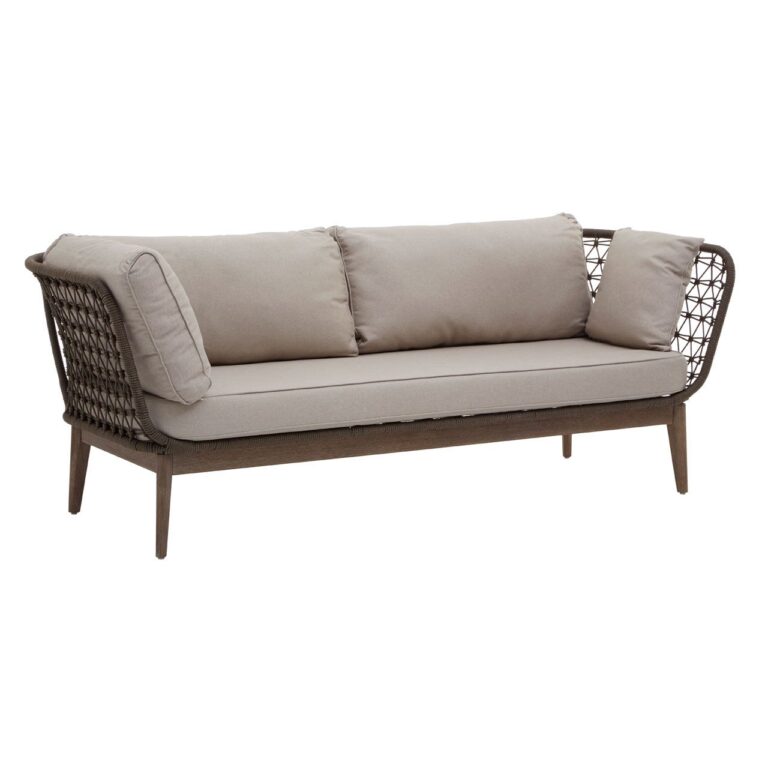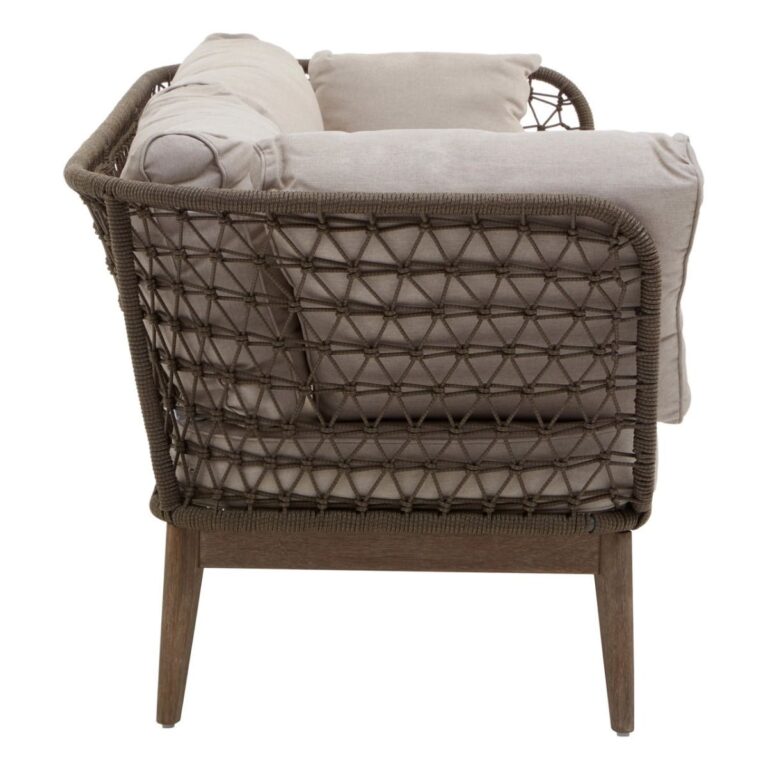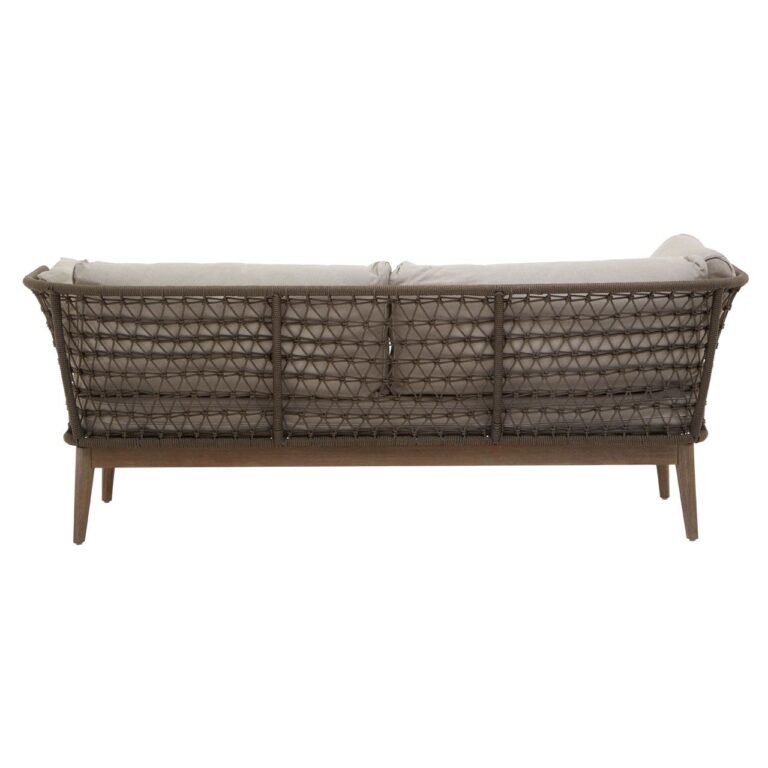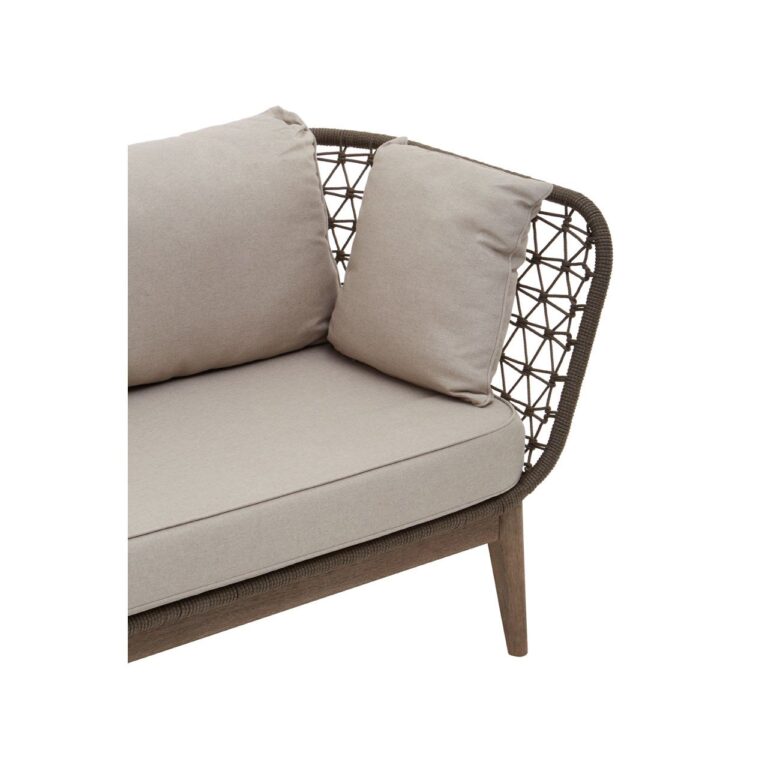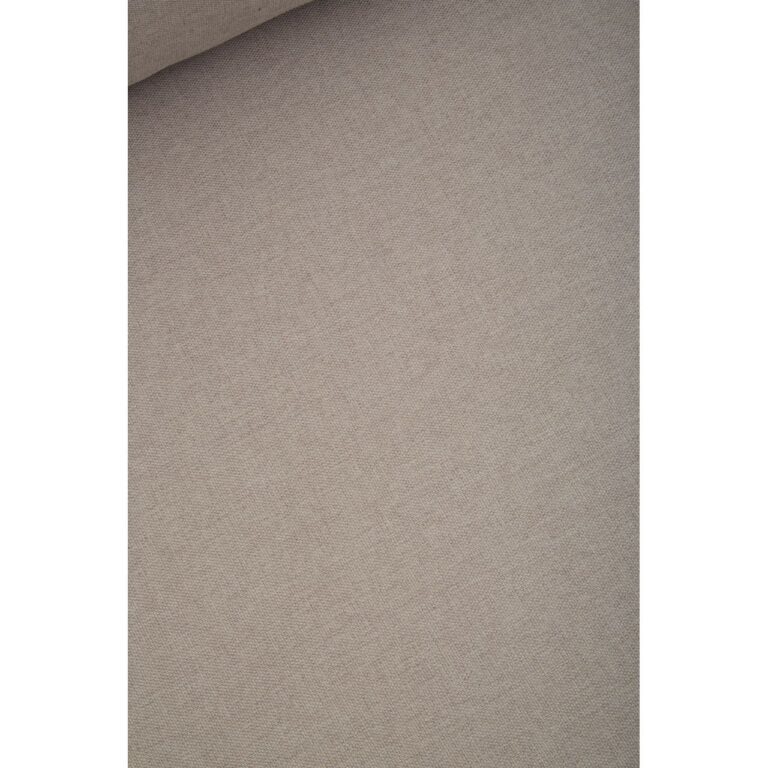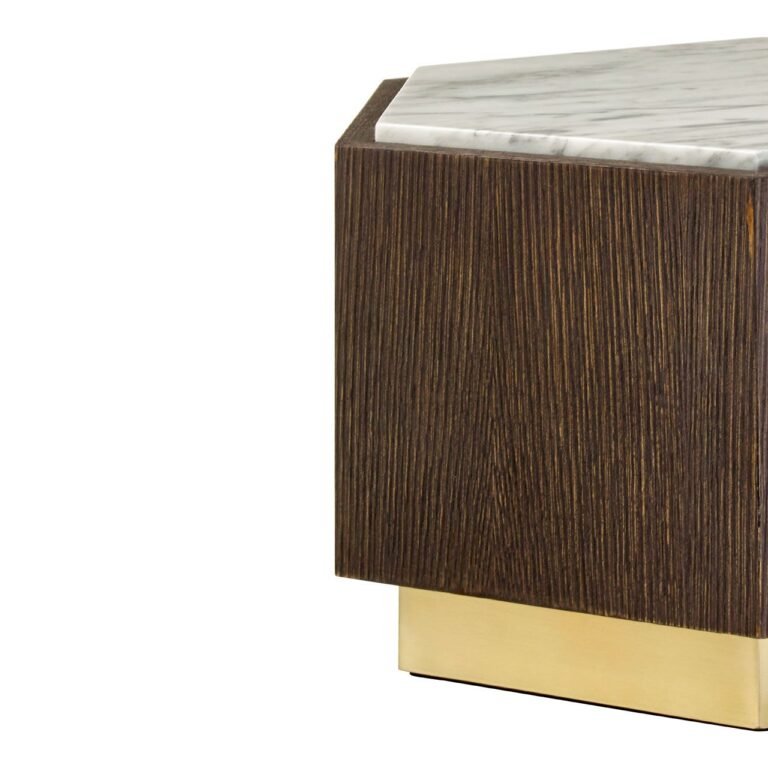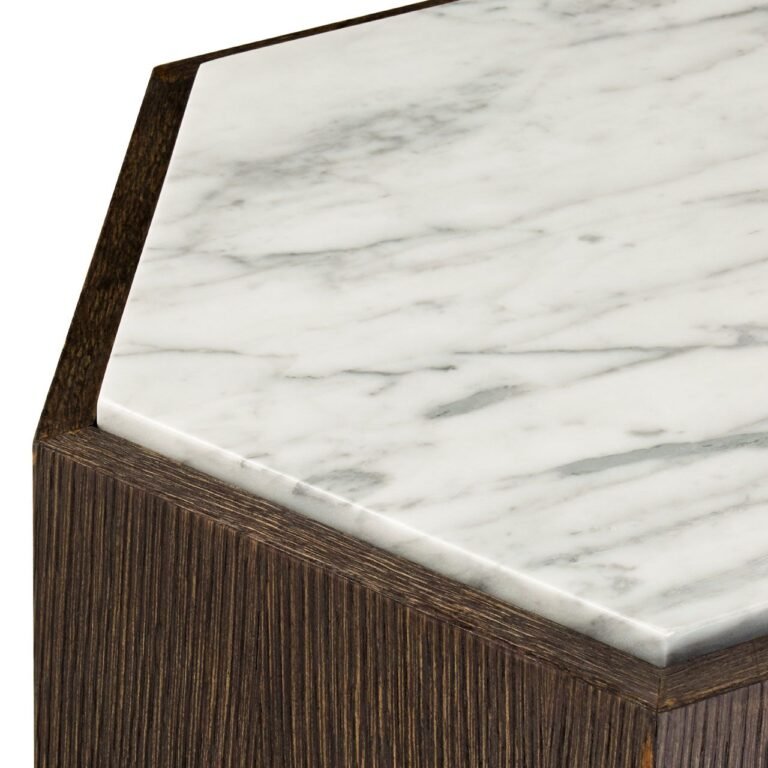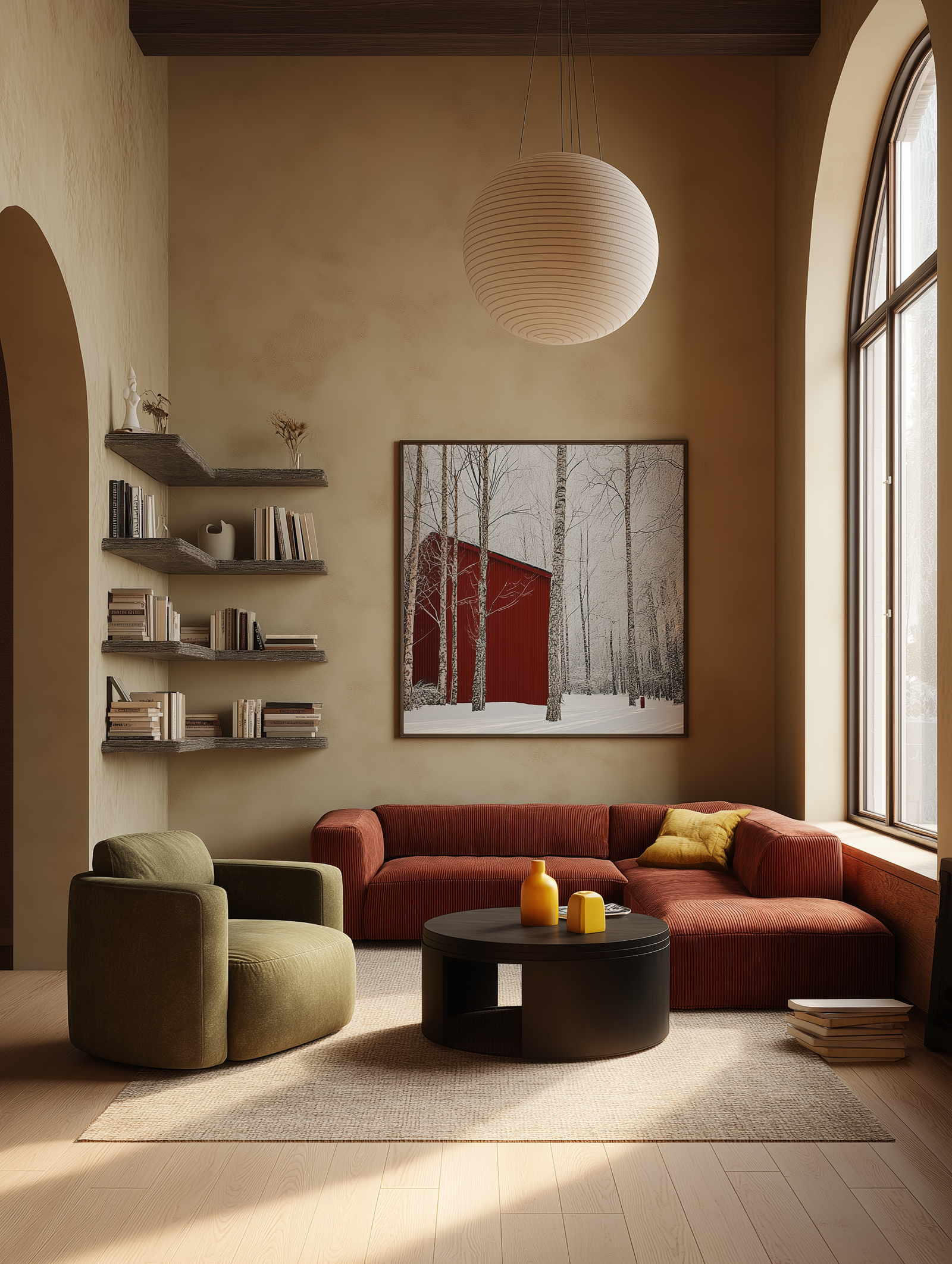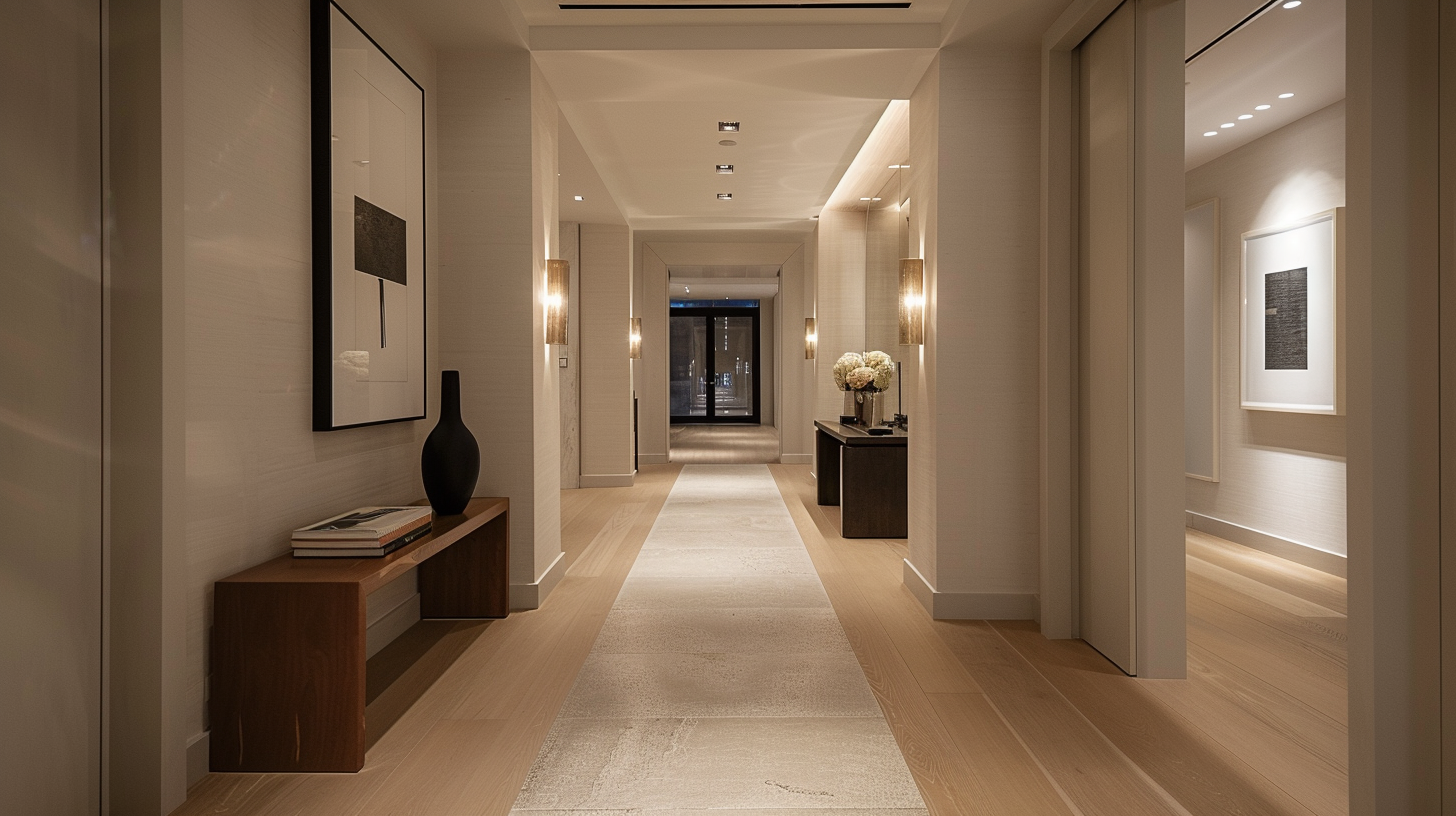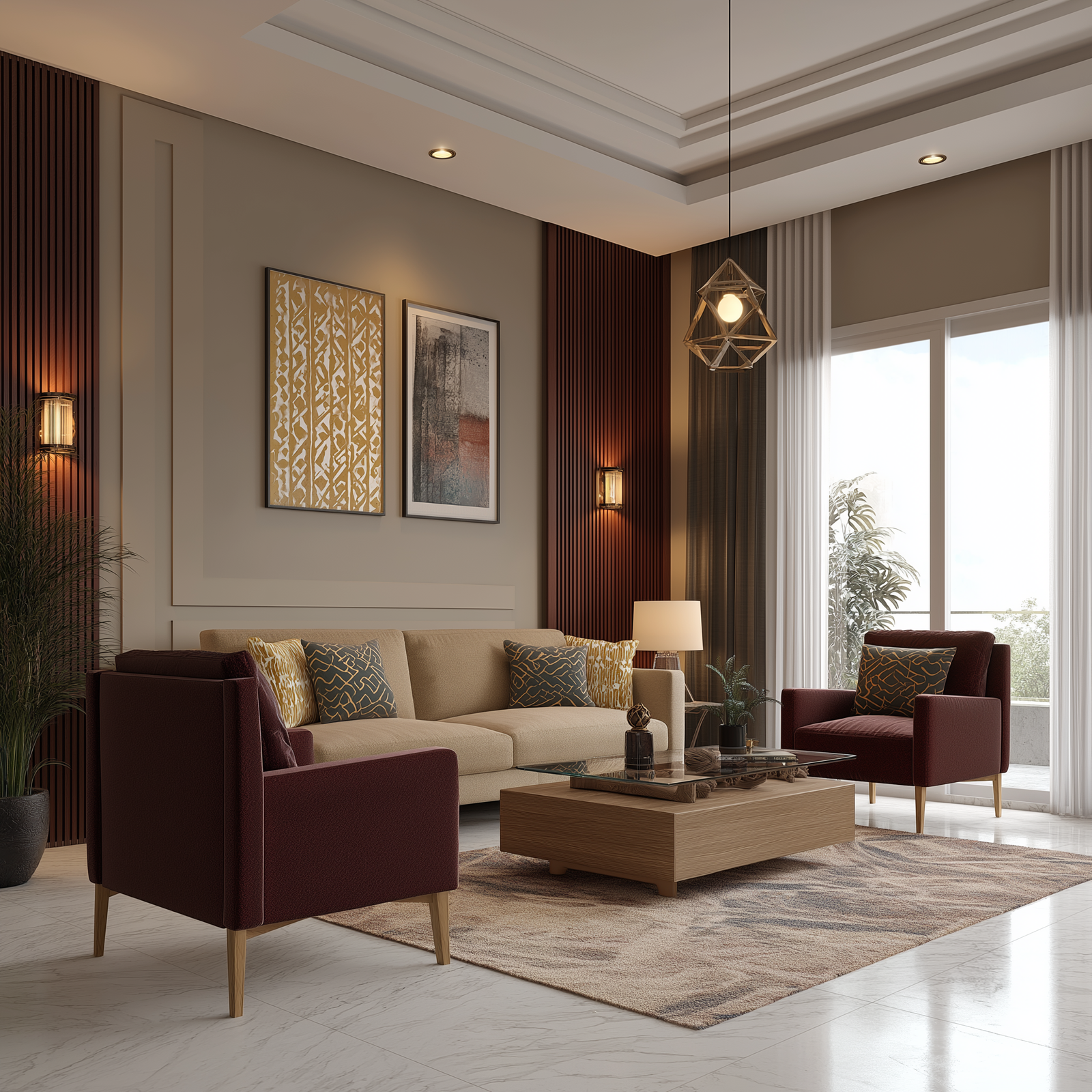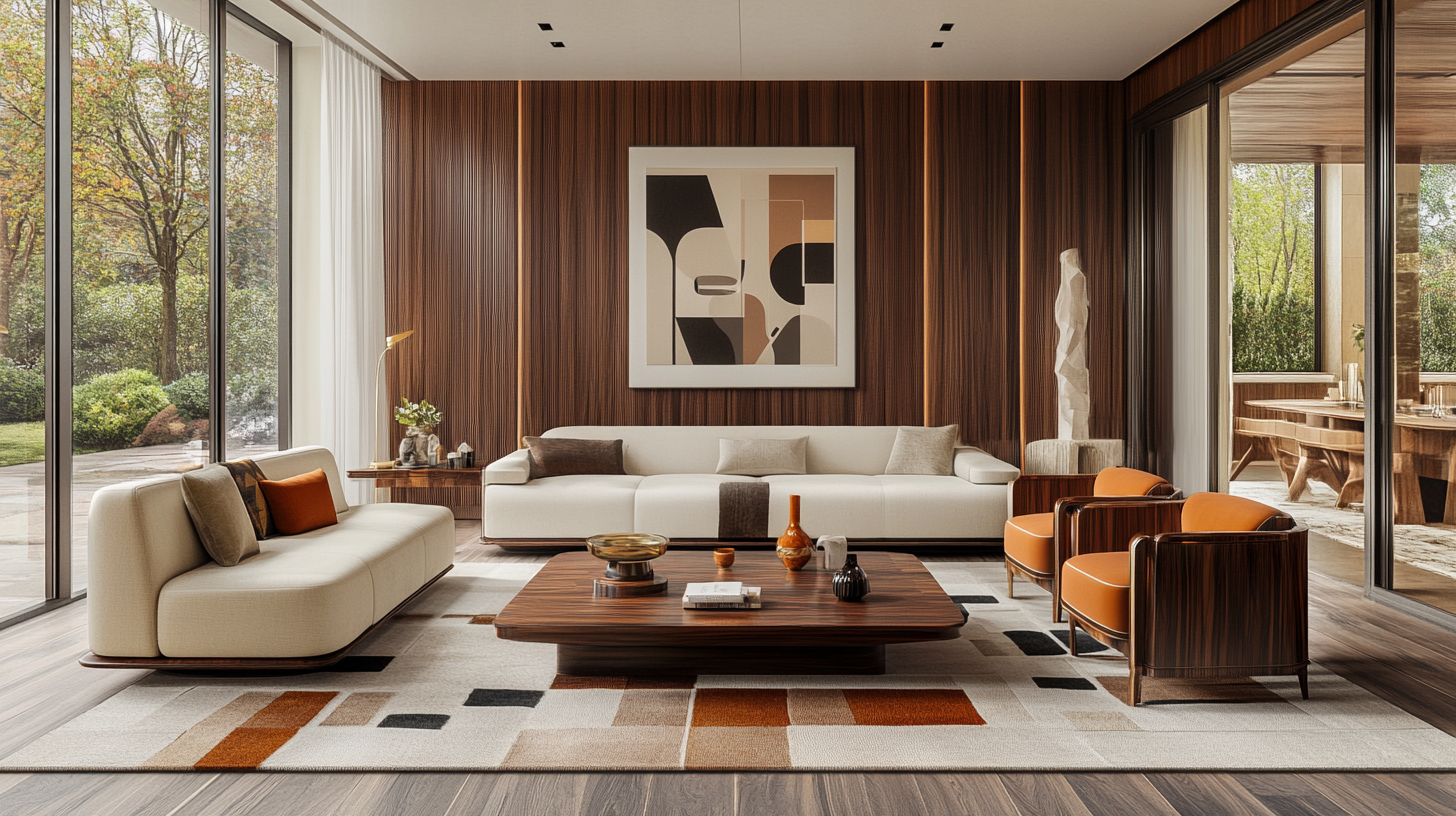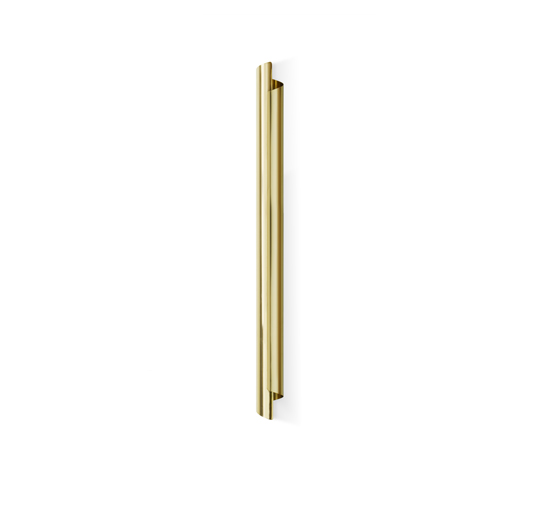The Art of Coastal Color Palettes — Shades that Bring the Ocean Indoors
There’s something timeless about the calm, breezy elegance of Coastal Interior Themes. The allure of the ocean has inspired design for centuries, but today’s homeowners are embracing it in fresh, modern ways. The living room, as the heart of the home, becomes the perfect canvas to channel those dreamy beach vibes without feeling kitschy or outdated. Whether you’re a fan of sun-washed minimalism or bold nautical accents, the right coastal approach transforms your space into a serene sanctuary.
The beauty of Coastal Interior Themes lies in their ability to bring the ease of the shoreline into everyday living rooms. In this blog, we’ll explore:
The Art of Coastal Color Palettes — how ocean-inspired shades of blue, sandy neutrals, and crisp whites create a serene foundation.
Key Principles for Coastal Interior Themes — the balance of light, texture, and natural materials that define this timeless style.
Styling Ideas That Work — practical ways to layer accents and accessories for a chic coastal feel.
Furniture Choices That Anchor the Look — the must-have pieces that embody durability, comfort, and seaside elegance.
Trends in Coastal Interior Themes for 2025 — the latest updates, from sustainable materials to warm neutrals and smart integrations.
Conclusion: Bringing the Coast Home with Intention — how to tie it all together and create a living room that feels calm, inviting, and effortless.
Whether you’re designing a beachside retreat or adding a touch of ocean calm to your city home, this guide will help you transform your living room into a space that reflects the timeless beauty of coastal living.
-

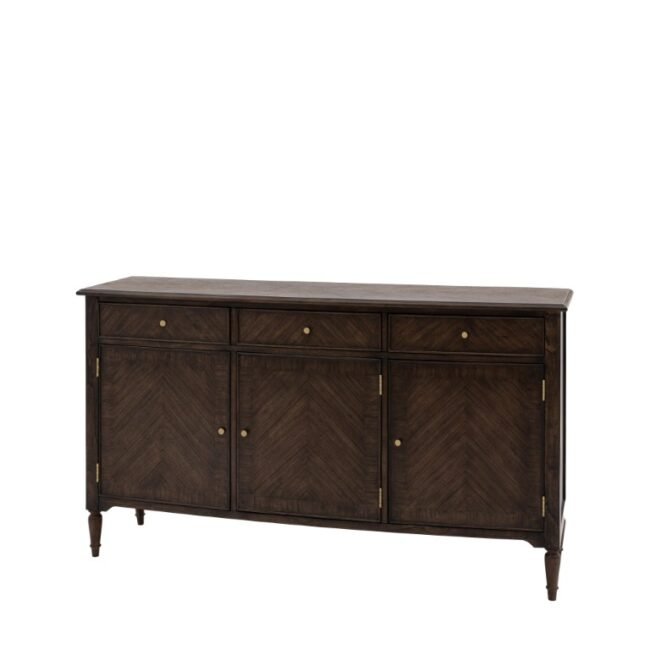
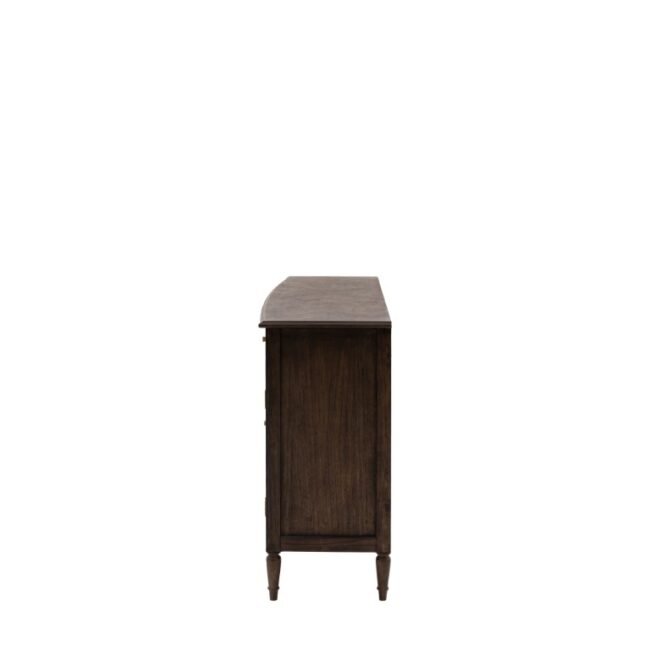
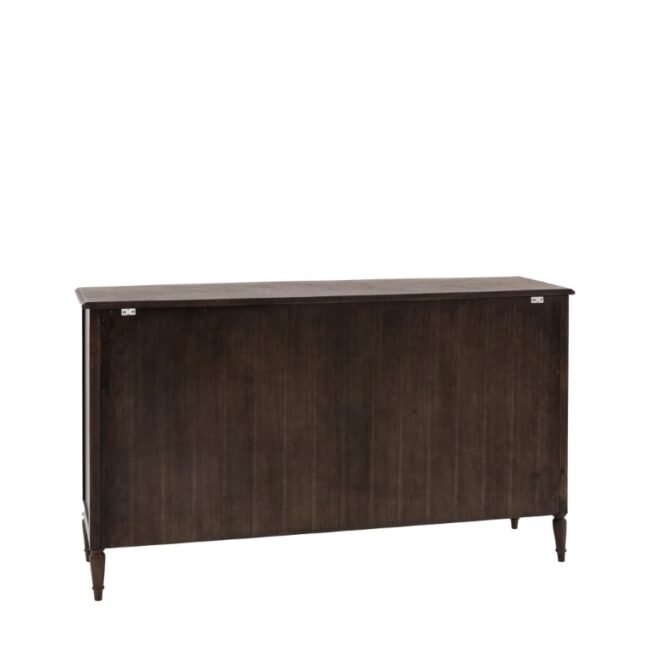
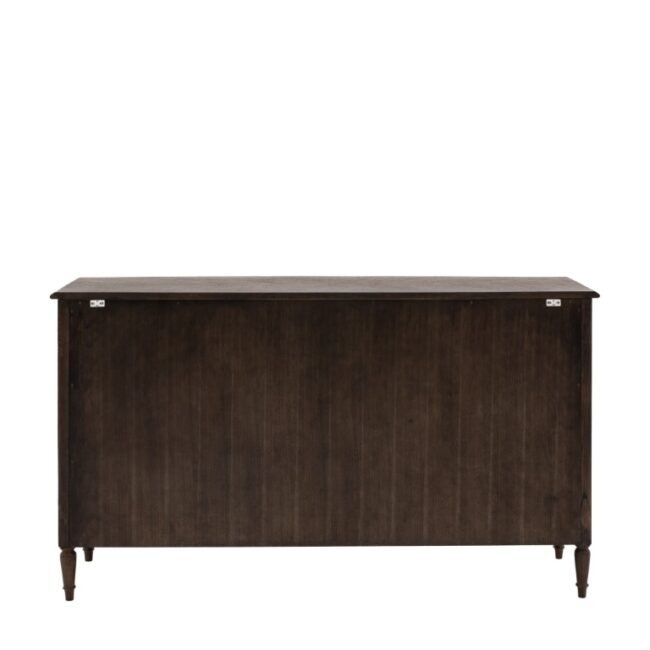
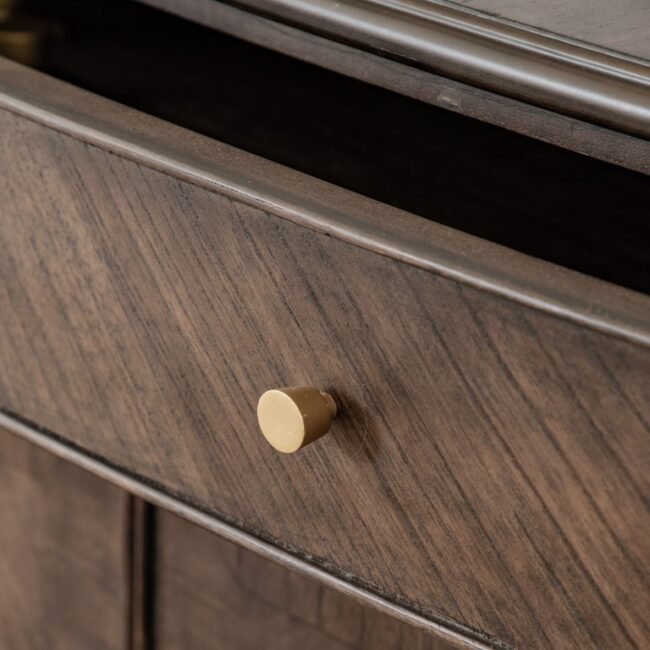
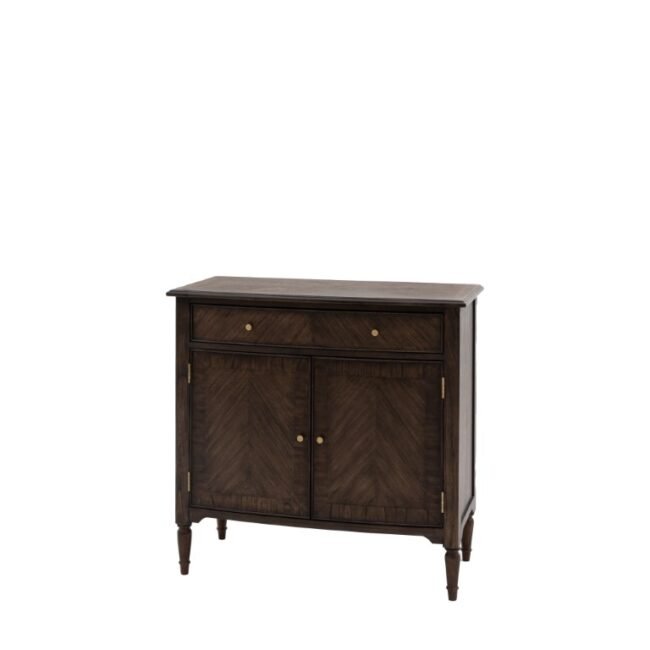
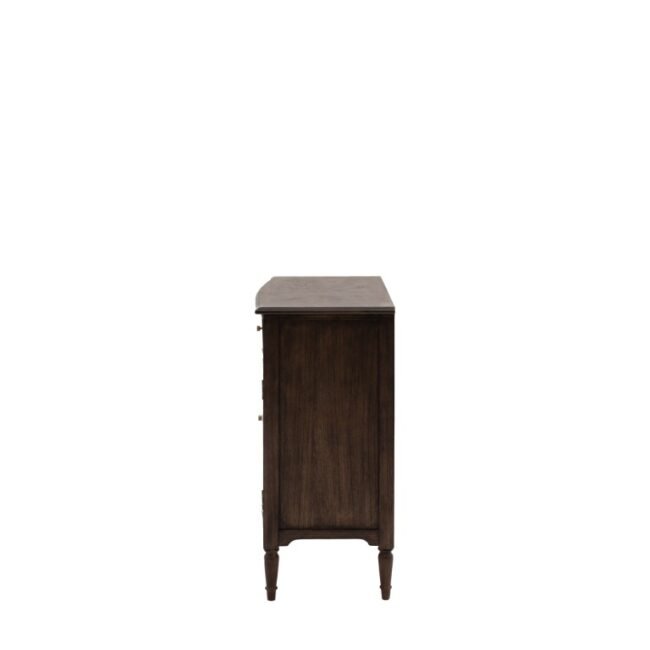
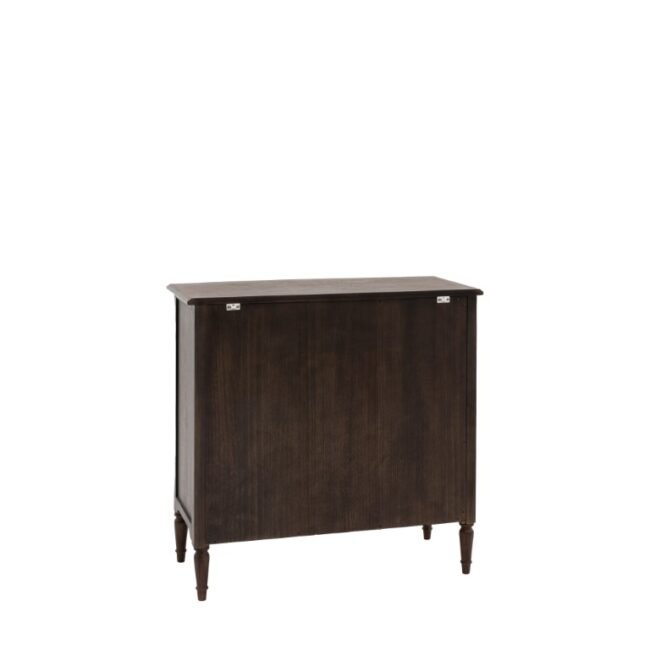
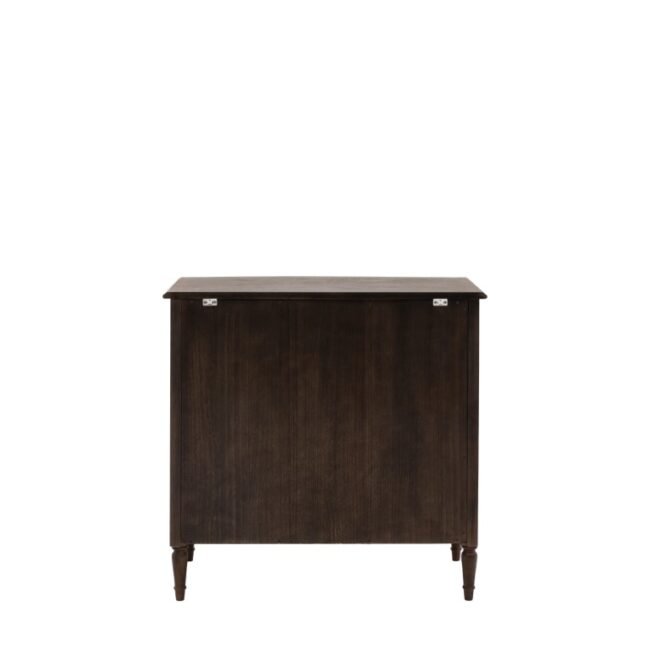


Addison Sideboard
£1,010 – £1,610Price range: £1,010 through £1,610 Select options This product has multiple variants. The options may be chosen on the product page -
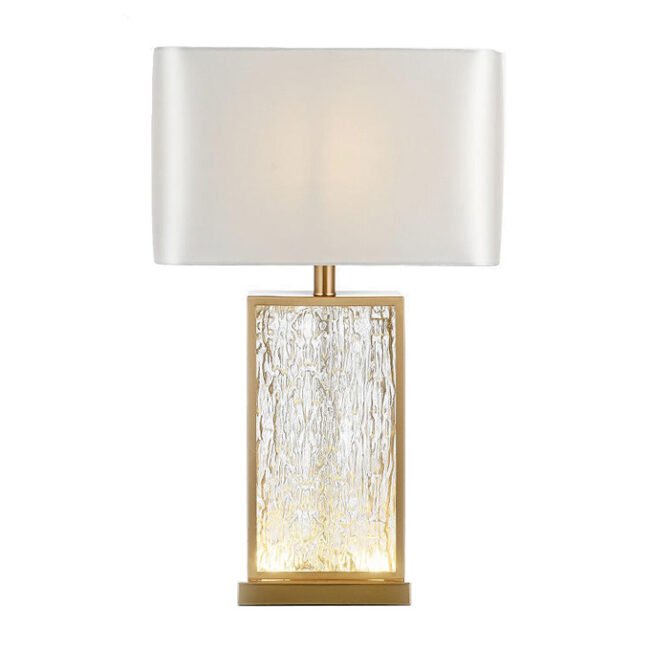
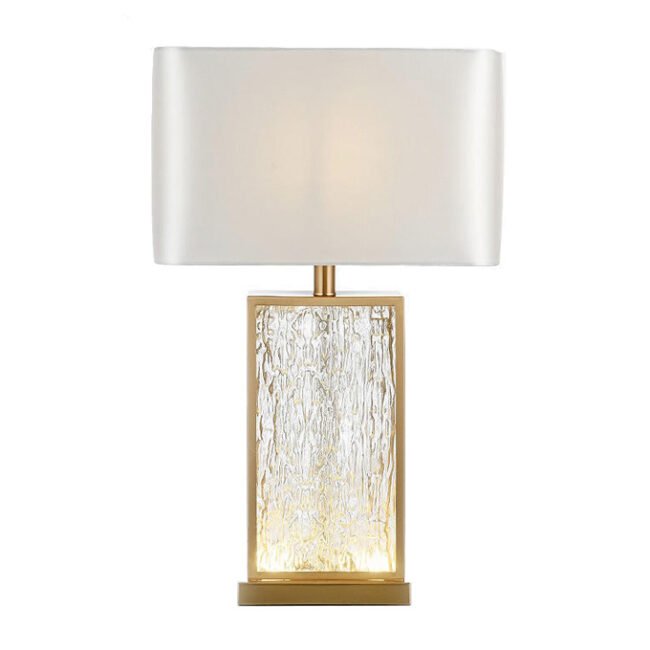

Belem Table Lamp
£250 Read more -






Capri Collection Outdoor Three Seater Sofa
£1,416 Add to cart
The Art of Coastal Color Palettes — Shades that Bring the Ocean Indoors
When most people think of Coastal Interior Themes, the first thing that comes to mind is color. More than furniture or accessories, it is the palette that sets the mood of a room and defines whether it feels truly coastal or just vaguely nautical. Color is the foundation that captures the lightness of seaside living, the calm of the ocean, and the warmth of sandy beaches. Choosing the right shades can make the difference between a living room that feels inviting and timeless, and one that feels cluttered or cliché.
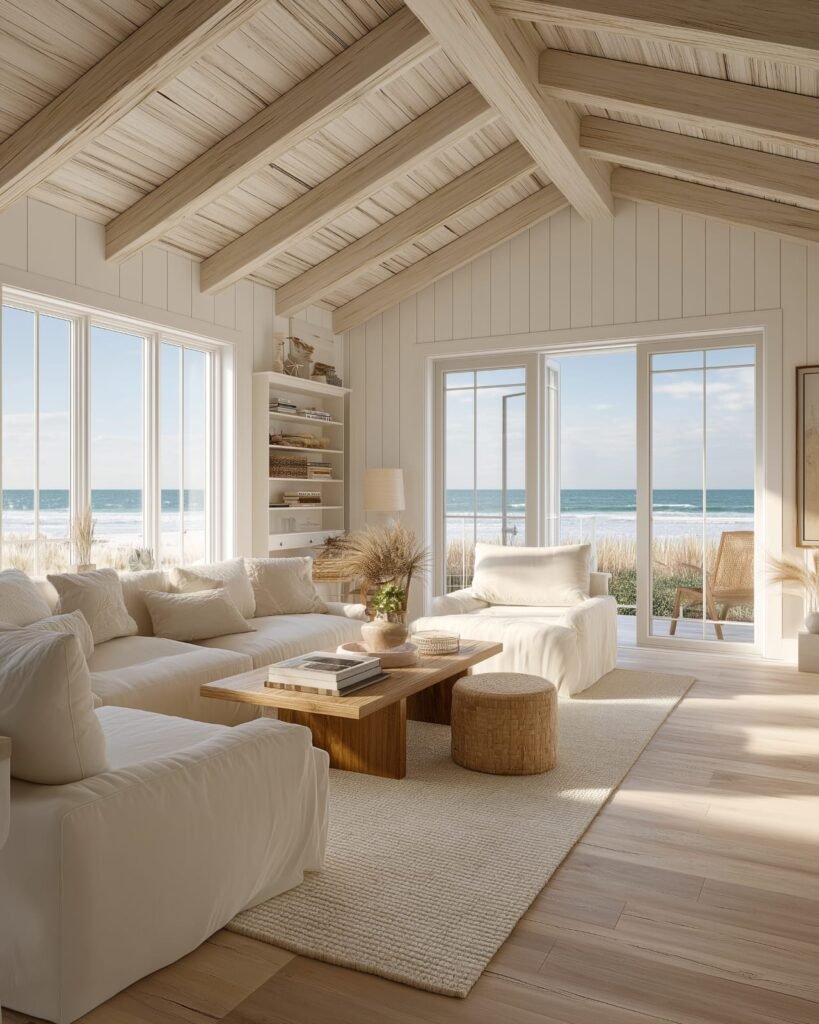
Ocean Blues and Seafoam Greens
The blues of the ocean are undoubtedly the heart of coastal design. From deep navy to soft aqua, these shades echo the water’s depth and tranquility. Pairing navy walls with crisp white trim can create a bold, modern interpretation, while lighter shades of turquoise or seafoam green evoke a breezy, laid-back atmosphere. These colors can be layered for dimension—think a navy throw over a pale aqua sofa, or seafoam cushions on a sand-colored armchair.
Sun-Bleached Whites
White plays a starring role in Coastal Interior Themes because of its ability to maximize light and space. Whitewashed walls, sheer curtains, or slipcovered sofas not only brighten the living room but also act as a neutral canvas for layering other coastal shades. White works best when used in soft, natural finishes rather than stark, clinical tones—think of the color of driftwood bleached by the sun or the frothy foam of waves crashing on the shore.
Sandy Neutrals and Earthy Tones
No coastal palette is complete without grounding neutrals that represent the shore itself. Taupe, beige, and warm grays create balance, preventing the blues and greens from overwhelming the space. A sandy-colored rug, stone-toned vases, or oatmeal-hued cushions add depth and warmth. These earthy tones also make a room feel timeless, ensuring that your design won’t quickly fall out of style.
Pops of Coral, Peach, or Sunset Orange
While coastal interiors are often celebrated for their cool, calming tones, a hint of warmth can take them to another level. Coral, peach, and terracotta reflect the colors of a beach sunset, bringing vibrancy and personality into the space. The trick is to use them sparingly: a coral vase on a console table, a set of peach-toned throws, or sunset-colored artwork on a pale wall. These accents add energy while keeping the overall feel harmonious.
The Balance of Light and Dark
A common mistake when embracing Coastal Interior Themes is using only light, pastel shades. While these are essential, adding depth with darker tones prevents the room from feeling flat. Navy, charcoal, or even muted forest green can provide the necessary contrast to make lighter hues shine.
Putting It All Together
The art of a coastal palette is layering shades that mirror the natural horizon—sky, sea, sand, and sun. When these tones blend seamlessly, your living room doesn’t just look like it belongs by the water; it feels like a living reflection of the coast itself. With the right palette, your space becomes more than a room—it becomes a retreat.
Balance is key: too much color feels chaotic, while too little can leave a space feeling sterile and uninspired. The magic of Coastal Interior Themes lies in striking the right equilibrium—layering tones in a way that feels natural, much like the horizon itself. Imagine the meeting point where sky, sea, and sand converge in perfect harmony. That gradient, effortless and timeless, is the ultimate inspiration for your living room palette. By mirroring this balance indoors, your space becomes more than a design statement; it transforms into an immersive experience, a reflection of coastal serenity tailored to modern living.
-
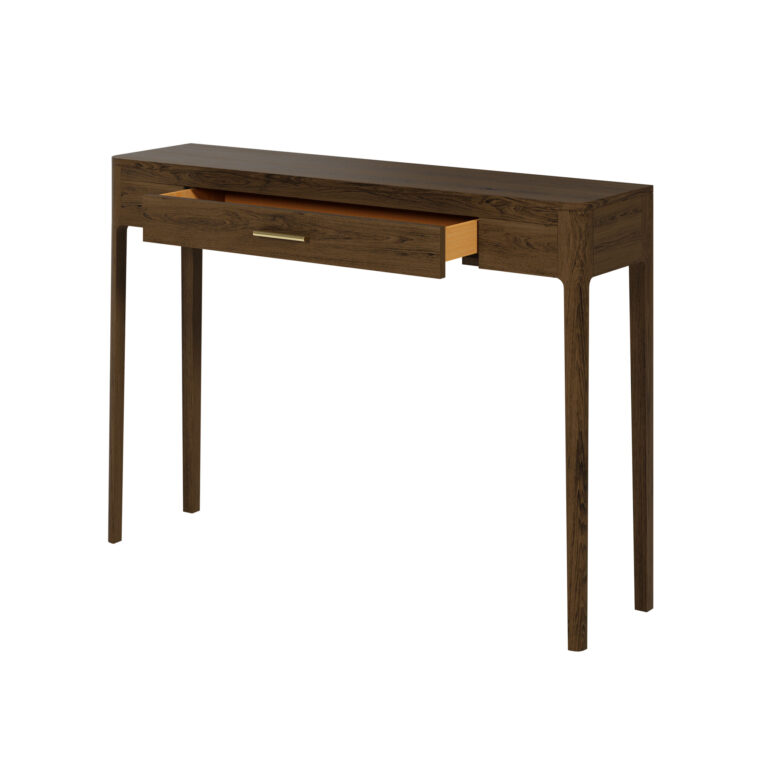


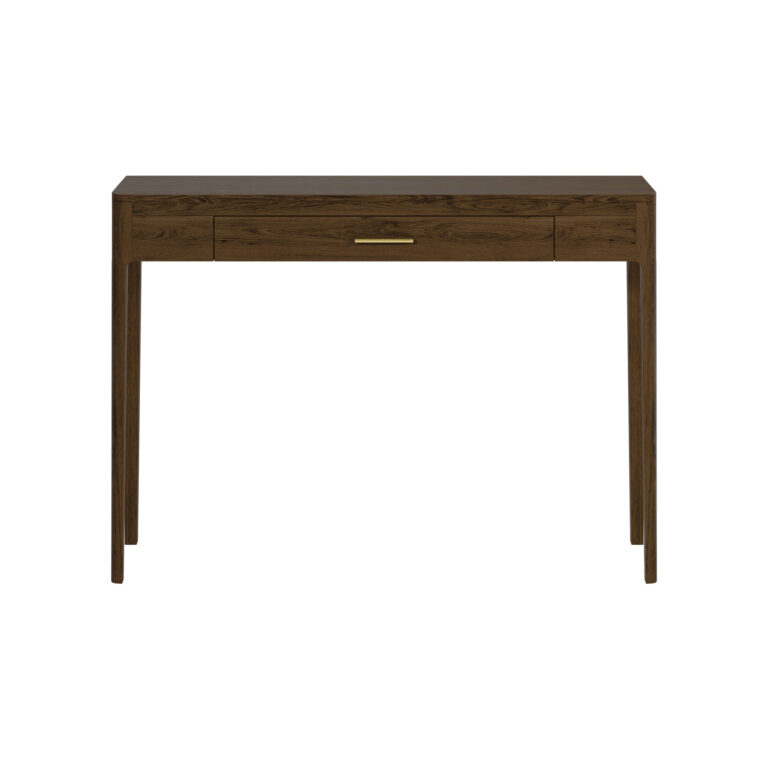

Abberley Console | Brown
£815 Add to cart -
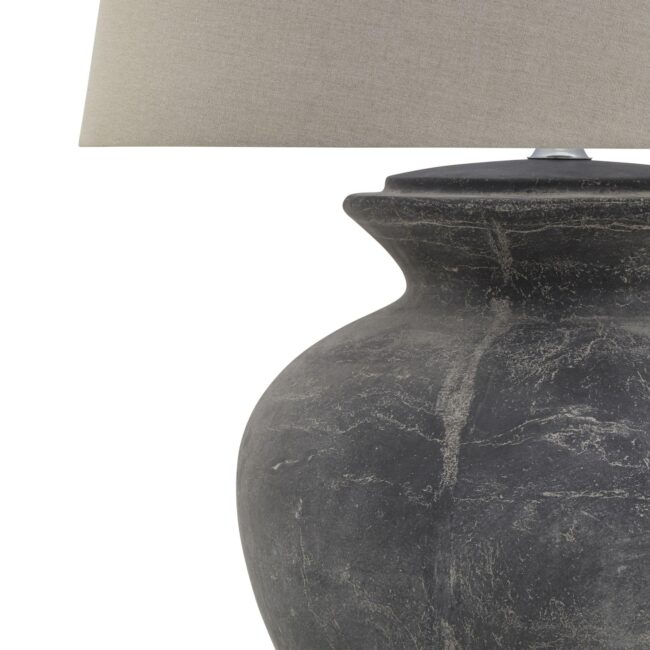
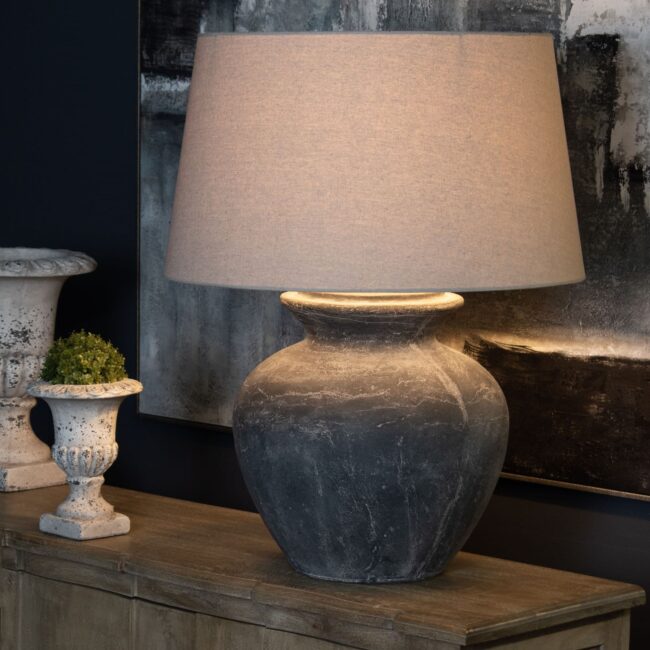


Amalfi Grey Round Table Lamp With Linen Shade
£136 Read more -





Arlo Armchair
£910 Select options This product has multiple variants. The options may be chosen on the product page
Key Principles for Coastal Interior Themes
Every successful interior style has guiding principles that separate well-designed spaces from haphazard ones. When it comes to Coastal Interior Themes, the goal is to create a space that feels light, open, and grounded in nature—without slipping into kitsch or overuse of obvious nautical motifs. To achieve this, designers lean on a few key foundations that anchor the look and ensure it feels timeless.

1. Light and Airy Atmosphere
The single most defining feature of Coastal Interior Themes is their openness. Natural light is treated like a design material in its own right. Large windows, minimal window treatments, and sheer fabrics allow sunlight to flood in, enhancing the sense of space. If natural light is limited, clever use of mirrors, pale flooring, and reflective surfaces can mimic that same airy quality. The objective is always to create a room that feels like it breathes.
2. Natural Materials as the Backbone
Coastal interiors thrive on materials that reflect the outdoors. Woven rattan chairs, driftwood coffee tables, linen slipcovers, and cotton throws are all staples. Seagrass and jute rugs bring grounding texture underfoot. These natural elements aren’t just aesthetic choices—they create tactile warmth and authenticity. In many ways, Coastal Interior Themes borrow from nature to soften the boundaries between the interior and the world outside.
3. A Palette that Reflects the Coast
Color, as explored earlier, is a crucial foundation. But beyond the specific shades of blue or sand, it’s about restraint and harmony. The palette should feel cohesive, echoing the horizon rather than fighting it. By layering whites, neutrals, and soft accent tones, you achieve the subtle balance that defines coastal elegance.
4. Less is More—Curated Simplicity
Coastal design is not about clutter. A living room overloaded with seashell trinkets or anchor motifs misses the point entirely. Instead, the principle of curated simplicity reigns supreme. Choose fewer but better pieces—whether that’s a statement rattan armchair, an oversized ocean-inspired artwork, or a driftwood-style console. Negative space becomes a design tool, allowing each element to stand out while maintaining a sense of calm.
5. Seamless Indoor-Outdoor Connection
One of the most celebrated aspects of Coastal Interior Themes is their ability to blur the line between indoors and outdoors. Large potted plants like palms, fiddle-leaf figs, or olive trees bring freshness inside, while sliding doors or open layouts extend the living room into patios or balconies. Even in apartments, thoughtful greenery or natural textures can replicate this sense of flow.
6. Texture as a Storyteller
Finally, texture is what gives coastal design depth. A woven basket, a jute rug, or a hand-thrown ceramic vase all carry a tactile story. When combined, these textures echo the diversity of the coast—rough wood, smooth shells, soft sand, and windswept linen. In Coastal Interior Themes, texture often speaks louder than color.
In essence: the key principles are about restraint, light, and authenticity. When these elements come together, your living room doesn’t just look coastal—it feels like a sanctuary inspired by the timeless rhythms of the sea.
Lighting the Coastal Way — Harnessing Natural & Ambient Glow
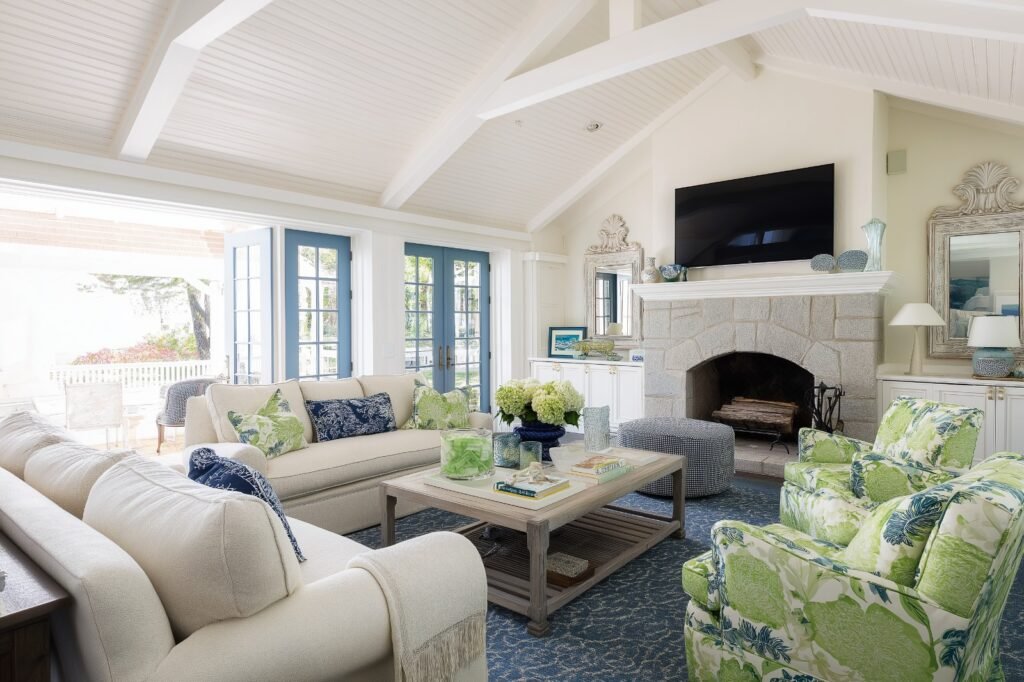
If there’s one design element that defines Coastal Interior Themes, it’s light. Just as a shoreline transforms under shifting skies—from the brilliance of midday sun to the warmth of a sunset glow—your living room can echo that natural rhythm through intentional lighting choices. The way you harness light sets the tone for the entire space, dictating whether it feels airy and invigorating or calm and cocoon-like. Done right, coastal lighting creates a layered atmosphere that captures both the energy and serenity of seaside living.
Natural light is the foundation of coastal interiors. It is what makes a space feel instantly open, breezy, and connected to the outdoors. In living rooms, the best approach is to let the sun pour in freely, with sheer curtains in soft whites or sandy neutrals to diffuse, rather than block, the glow. Mirrors are another clever tool—placed opposite windows, they bounce daylight deeper into the room, doubling its impact while visually enlarging the space. Choosing frames in rattan, bamboo, or driftwood adds subtle coastal texture while enhancing this reflective quality. For homes where renovations are possible, skylights and clerestory windows can create even more opportunities for daylight to flood in, mimicking the expansive openness of a seaside horizon.
When the sun begins to fade, ambient lighting steps in to maintain that relaxed, coastal feel. Overhead fixtures should never feel harsh or clinical; instead, choose pieces that soften and diffuse the glow. Woven pendants made of rattan, fabric drum shades in linen, or frosted glass designs echo the material palette of the coast while spreading gentle light throughout the room. Table lamps and floor lamps add another layer, particularly when they feature ceramic bases in neutral tones or whitewashed wood finishes. Strategically placing these in corners, beside sofas, or next to reading chairs ensures that no corner of the living room feels flat or forgotten.
To create depth and subtle drama, accent lighting is equally important. Wall sconces with natural finishes, rope detailing, or lantern-inspired silhouettes nod to coastal heritage without crossing into cliché territory. Cove lighting tucked discreetly into ceiling edges or beneath shelves adds a glow that highlights textures—whether it’s the weave of a seagrass rug, the grain of natural wood, or the linen slipcover of a sofa. For a refined touch, dimmable LED strips beneath floating shelves styled with curated coastal accessories can mimic moonlight shimmering across the water, lending both softness and sophistication.
The golden hour is one of the most magical moments by the sea, and this effect can be recreated indoors with adaptive lighting. Smart bulbs that shift color temperature throughout the day allow your living room to evolve with the rhythm of nature. Cool daylight tones energize the morning, while warm amber hues create a cozy and intimate evening glow. Beyond design, this rhythm enhances wellbeing, helping your home feel naturally attuned to the cycles of day and night.
In the end, lighting in Coastal Interior Themes is about balance. It is the interplay of sunlight, ambient glow, and carefully chosen accents that transforms a room from styled to soulful. When light is layered with intention, your living room doesn’t just look coastal—it feels coastal, a sanctuary where every hour of the day brings a new mood, much like the shoreline itself.
-
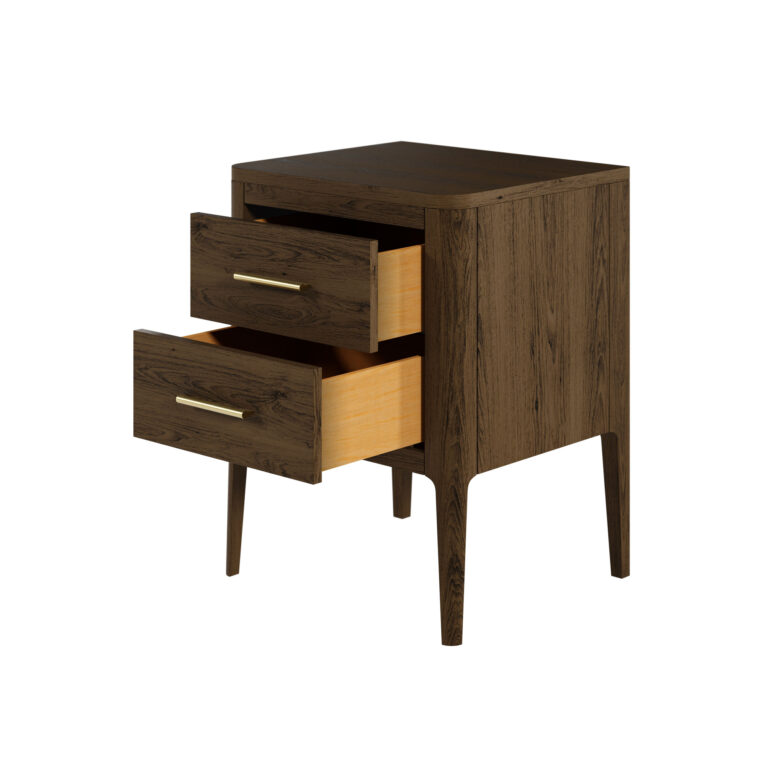


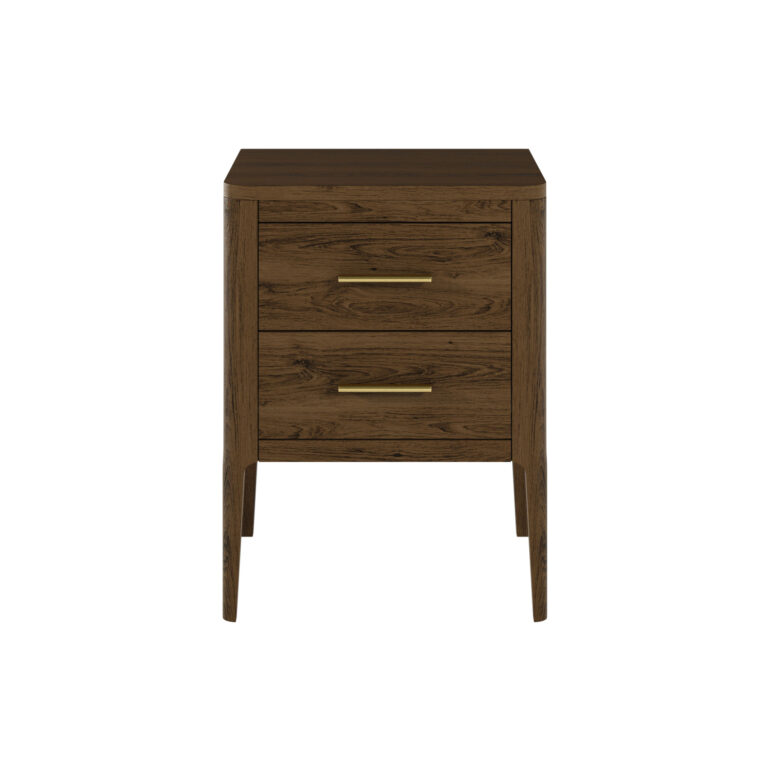

Abberley Bedside | Brown
£464 Add to cart -

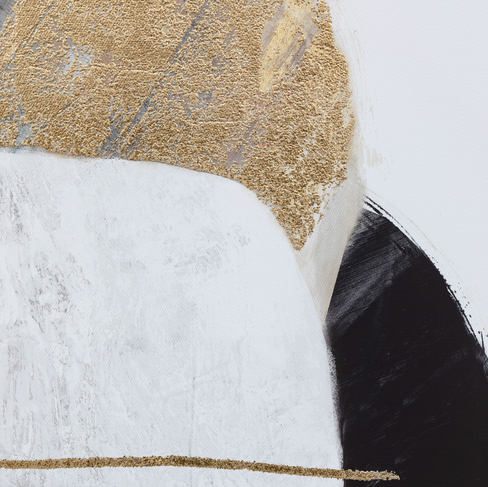
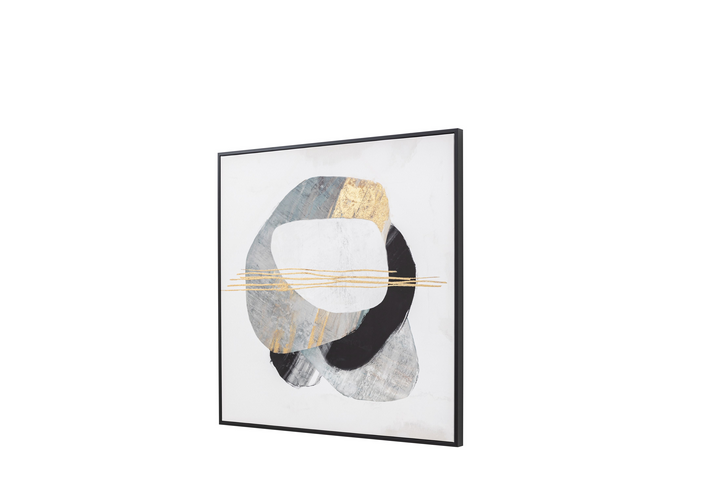


Across the Dimensions II Framed Canvas
£100 Add to cart -
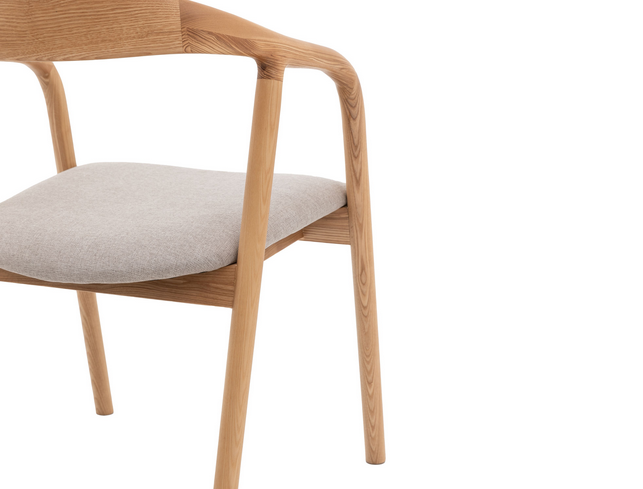
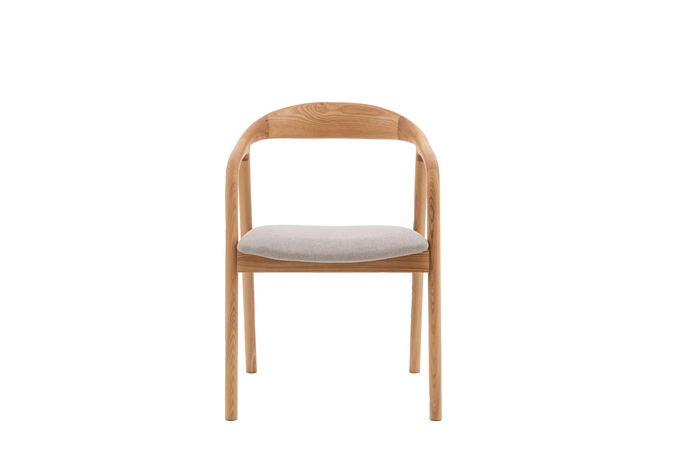
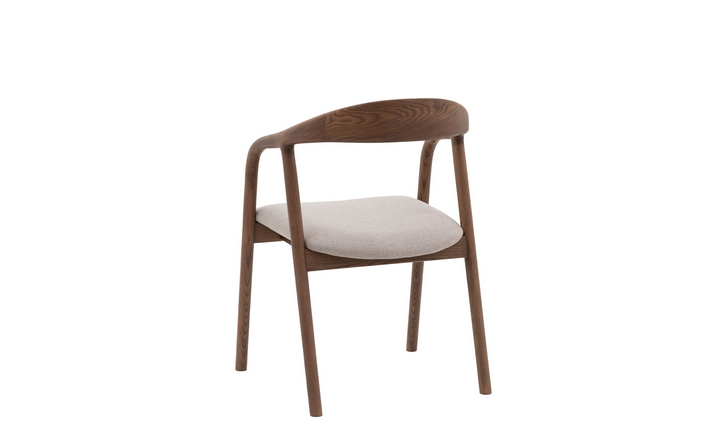
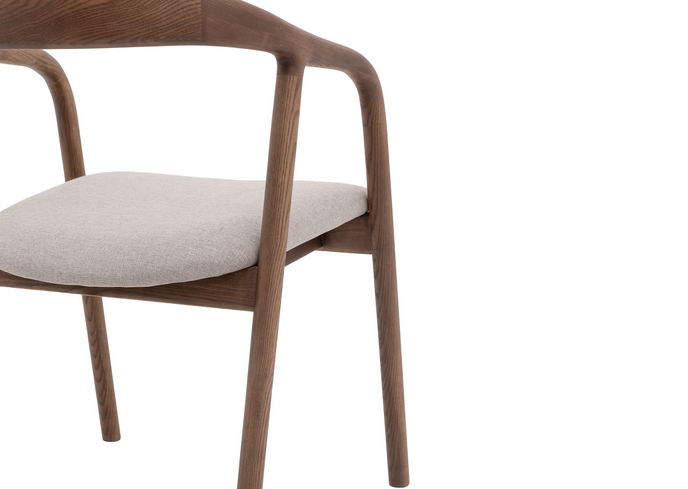
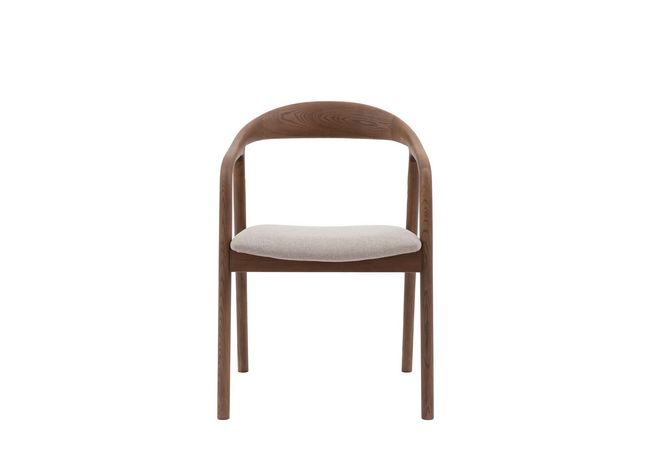
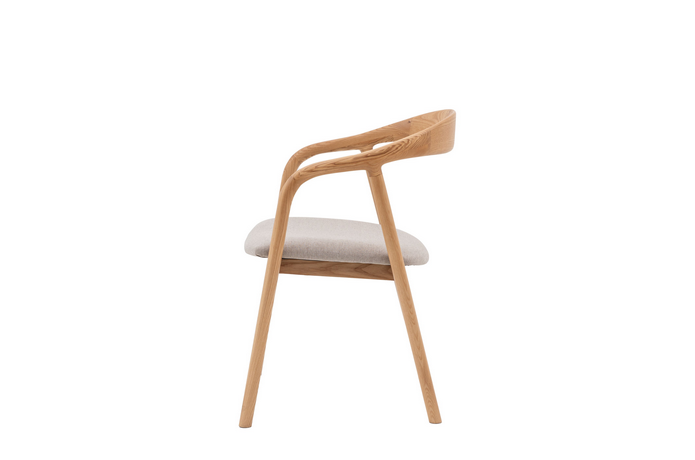


Adri Upholstered Dining Chair 2pk
£500 – £560Price range: £500 through £560 Select options This product has multiple variants. The options may be chosen on the product page
Textures that Tell a Story — From Driftwood to Linen
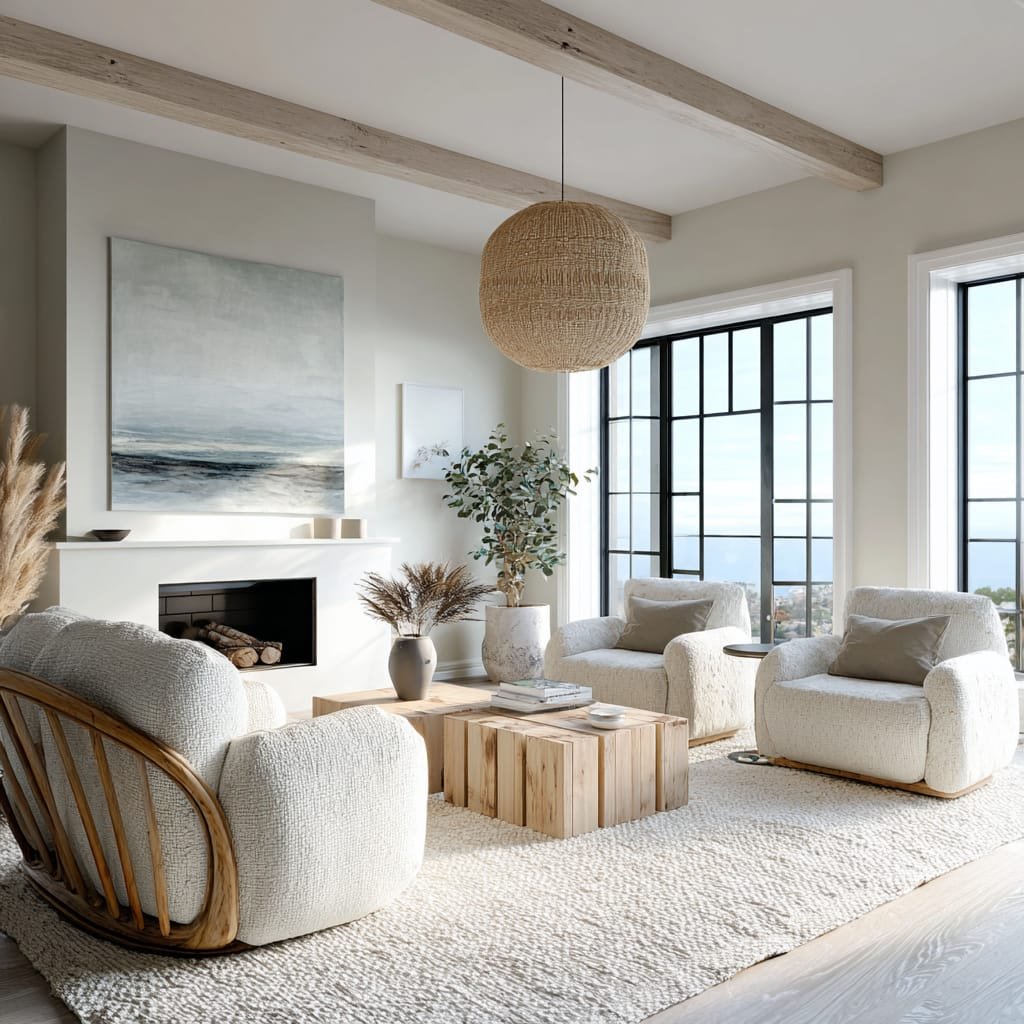
Textures are the unspoken language of coastal interiors, carrying the rhythm of the sea, the softness of sand, and the rugged charm of weathered landscapes into your home. Unlike bold prints or flashy colors, textures tell their story quietly, layering subtlety and depth into a space. In coastal design, this tactile storytelling is key—it shapes how a room feels, grounding it in the relaxed, organic elegance that makes seaside living so timeless. From driftwood accents that embody the endurance of the ocean, to the gentle folds of linen that capture breezy afternoons, textures are what turn a coastal-inspired room from decorative to soulful.
Driftwood, with its sun-bleached tones and rough edges, is often the most iconic material associated with coastal living. It carries the history of the sea, weathered by salt, wind, and water until it becomes a piece of art in itself. Whether styled as a sculptural centerpiece, used for frames, or even incorporated into furniture, driftwood connects interiors to the natural world. It instantly injects authenticity, reminding us of long walks on the beach and the treasures washed ashore. Its rugged imperfection also balances the often light and airy palette of coastal interiors, grounding spaces with a sense of history and permanence.
Alongside driftwood, linen becomes the softer, more delicate counterpart. Linen curtains billow like sails in the wind, effortlessly blurring the line between indoors and outdoors. Its breathable, textured weave is perfect for upholstery, throws, or bedding, giving rooms a casual but refined finish. Linen speaks of comfort and ease—it doesn’t need to be crisp or perfectly pressed to feel beautiful. In fact, its slightly rumpled texture is part of its charm, much like sand scattered across a polished floor. It is a fabric that brings lightness to interiors, evoking the movement of sea breezes and the relaxed pace of coastal living.
Stone and rope textures also weave into the narrative, adding variety while keeping true to the seaside mood. Pebbled surfaces, whether in bathroom tiles or decorative vases, echo the tactile pleasure of beach walks. Woven rope elements in mirrors, baskets, or even pendant lights recall nautical traditions, rooting the design in maritime culture. These tactile touches bring dimension, keeping a coastal home from feeling too flat or overly polished.
What makes textures in coastal interiors so compelling is their ability to transport. The roughness of driftwood, the cool touch of stone, the soft warmth of linen—all these sensations create an emotional connection to the sea. They remind us of experiences rather than simply representing them. Together, they form a layered, sensory design language that feels personal and alive.
Ultimately, textures are what allow coastal design to move beyond aesthetics into storytelling. They invite you not just to look at a room but to feel it, to run your hands along a surface and remember the elements of the coast. In doing so, they turn interiors into living, breathing spaces—spaces that don’t just resemble the seaside but embody its soul.
Accessorizing with Intention — The Final Coastal Touches

Accessories are often considered the finishing details of any interior, but in coastal design, they are far more than decorative add-ons—they are the bridge between style and atmosphere, turning a room into an experience. The way you accessorize can either overwhelm a coastal space or elevate it into something serene, balanced, and deeply evocative of the sea. Intentional accessorizing is about choosing pieces that serve a purpose, carry meaning, and add subtle depth without cluttering the openness that coastal interiors are known for.
The most powerful coastal accessories are those that whisper rather than shout. A ceramic vase with a matte, sandy finish can capture the raw beauty of shoreline landscapes, while glass bottles in hues of seafoam or turquoise mimic the ocean’s shifting tones. Seashells, corals, and stones, when curated thoughtfully, feel like artifacts of personal journeys rather than clichés. Displayed in bowls, shadow boxes, or scattered across a coffee table, they connect the space to the memory of the coast in a way that feels intimate and genuine.
Lighting fixtures also play an important role in accessorizing. Beyond functionality, they act as sculptural elements that complement the design narrative. Rope-wrapped chandeliers, lantern-inspired pendants, or ceramic lamps with textured bases echo the natural and nautical themes of coastal life. By mixing form and function, these accessories reinforce the calm, luminous feel of the space while doubling as statement pieces.
Textiles, too, become integral accessories when chosen with intention. Throw pillows in soft stripes, woven blankets draped over a chair, or handwoven rugs underfoot bring warmth and character. These aren’t just seasonal additions; they are tactile layers that add both comfort and storytelling to the room. With every touch, they remind you of sandy feet, ocean breezes, and afternoons spent by the water.
Art and wall décor offer another opportunity for meaningful accessorizing. Coastal design isn’t about plastering every wall with beach prints—it’s about finding art that resonates. Abstract paintings in muted blues, sketches of seascapes, or even black-and-white photography of coastal towns can add sophistication while keeping the aesthetic grounded. Mirrors framed in driftwood or rattan not only enhance natural light but also extend the sense of openness.
Finally, accessorizing with intention means knowing when to stop. Coastal interiors thrive on balance—the empty space is as important as the decorated one. Too many trinkets can drown out the calm, airy atmosphere, while carefully chosen accents create harmony. Every object should earn its place, whether by adding texture, color, or a sense of story.
In the end, accessories are the poetry of coastal interiors. They tie together the natural textures, the airy palette, and the play of light into a cohesive whole. When chosen with care, they are not just adornments but reflections of a lifestyle—calm, connected, and inspired by the endless beauty of the sea.
Styling Ideas That Work
Once the foundations are in place—color palettes, light, and natural materials—styling becomes the exciting part of bringing Coastal Interior Themes to life. Styling is where personality meets principle, where carefully chosen details elevate a space from “nicely decorated” to “effortlessly curated.” The secret is balance: too many accessories risk turning your living room into a theme park, while too few leave it feeling flat. These styling ideas strike the perfect middle ground, ensuring your space captures the relaxed elegance of coastal living.

1. Layer Rugs for Depth and Comfort
A single jute rug is a classic choice, but layering brings extra depth. Try placing a soft cotton or striped rug over a larger seagrass base. This combination provides texture while anchoring furniture. The layered look also mirrors the layers of the coastline itself—sand, sea, and sky blending together.
2. Statement Artwork with Coastal Influence
Artwork sets the tone for the room. Instead of literal seashell prints or lighthouse paintings, opt for abstract interpretations of the ocean—fluid brushstrokes in blues and greens, minimalist line drawings of waves, or even photography that captures light on water. Coastal-inspired artwork should evoke, not imitate.
3. Bring in Textiles with Movement
Fabrics in Coastal Interior Themes should feel light, breathable, and slightly undone. Linen drapes that billow in the breeze, cotton throws casually draped over sofas, and slipcovers that can be swapped or washed easily all add to the lived-in, relaxed charm. Patterns such as subtle stripes or checks can add variety without overwhelming.
4. Curate Accent Pieces Thoughtfully
Small touches—like coral sculptures, seashells, or driftwood—can be beautiful, but they must be used sparingly. Think of them as punctuation, not the whole sentence. A single driftwood bowl filled with white candles on a coffee table can feel elegant, while scattering nautical trinkets across every surface may feel forced. Minimal, curated accents ensure Coastal Interior Themes retain sophistication.
5. Mix Old and New for Timelessness
Pair vintage finds with modern coastal furniture for character. A weathered trunk can serve as a coffee table beside sleek rattan chairs. An antique mirror with a distressed frame can sit above a contemporary white sofa. This interplay adds layers of history, ensuring the space feels personal rather than showroom-styled.
6. Incorporate Plants for Freshness
Living greenery is a non-negotiable styling tool. Tall palms, olive trees, or cascading vines bring organic energy that enhances the indoor-outdoor connection central to coastal living. Place them in woven baskets or ceramic planters to tie into the textural theme.
7. Play with Lighting as Atmosphere
Beyond natural light, coastal spaces glow best with layered lighting. Think woven rattan pendants, soft linen lampshades, or wall sconces that emit a golden sunset glow. Lighting isn’t just functional—it’s emotional, setting the rhythm of the room from day to night.
Styling is the stage where Coastal Interior Themes move from vision to reality. By combining textures, thoughtful accents, and pieces with personality, you create a space that doesn’t just look coastal—it feels as calming and refreshing as a day by the sea.
Furniture Choices That Anchor the Look
In every home, furniture is the foundation that sets the tone for design. In Coastal Interior Themes, furniture choices should balance comfort, elegance, and natural charm, creating a look that feels timeless and relaxed. The right pieces not only serve practical purposes but also anchor the visual story of a living room, tying together the color palette, textures, and styling.
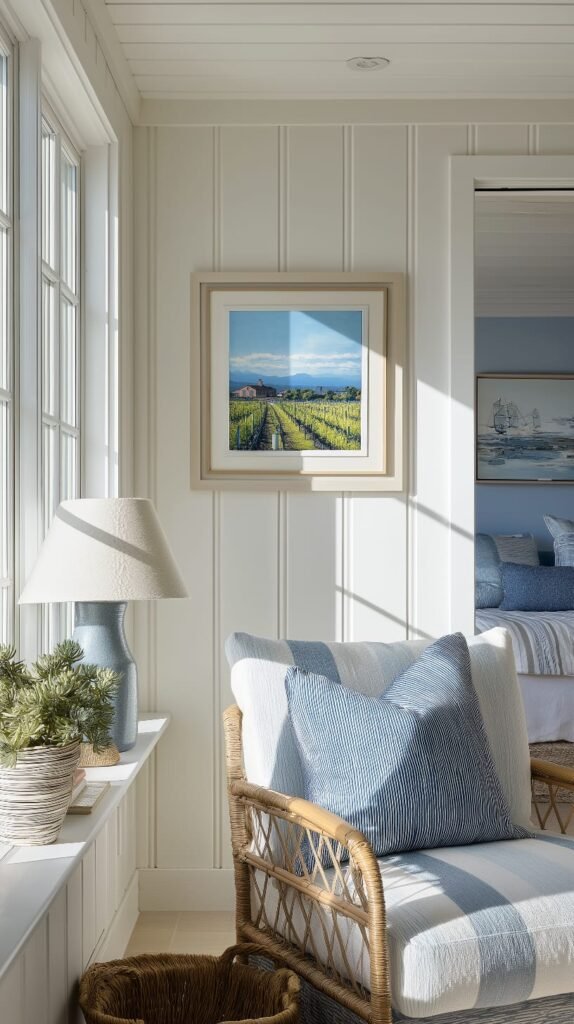
Sofas: Light, Relaxed, and Inviting
The sofa is the centerpiece of most living rooms, so it deserves special attention. In coastal interiors, slipcovered sofas in shades of white, cream, or sandy beige are favorites. Their clean lines and removable covers make them both stylish and practical. For families, this flexibility is key—spills and sand (literal or figurative) can be washed away, keeping the look fresh. If you prefer something bolder, soft seafoam green or muted navy upholstery can still feel coastal without overwhelming the room.
Coffee Tables with Character
Coffee tables in Coastal Interior Themes often act as subtle statements. Driftwood-style tables bring organic texture, while rattan bases paired with glass tops add lightness. Reclaimed wood pieces not only tell a story but also fit perfectly into the sustainability trend in 2025 design. To prevent the space from feeling heavy, choose designs with open bases or lighter finishes that echo the breezy character of the coast.
Accent Chairs That Add Personality
Accent chairs are opportunities to introduce texture and craftsmanship. Woven rattan armchairs, cane-backed designs, or upholstered seats in sandy neutrals fit seamlessly into a coastal living room. For a modern twist, curved silhouettes echo the soft shapes of waves and dunes, adding an organic rhythm to the room. Pairing a sleek linen sofa with a textured rattan chair creates contrast without clutter.
Sideboards and Storage with Style
Every living room needs storage, but in coastal spaces, it should be functional and beautiful. Sideboards in bleached oak, driftwood tones, or distressed finishes feel authentic, while open shelving in natural wood can display curated décor—ceramics, woven baskets, or coastal-inspired artwork. Avoid overly dark or heavy storage pieces, which can disrupt the light, airy mood.
Dining-Living Room Flow
For open-concept homes, coordinating living and dining furniture is essential. A driftwood dining table paired with light upholstered chairs can complement the coastal flow of the living area. Bar stools with woven seats also tie the palette together in shared spaces, ensuring continuity from room to room.
Layered Textures in Soft Furnishings
Furniture in Coastal Interior Themes comes to life through its finishing touches. Cushions in linen, throws in lightweight cotton, and ottomans upholstered in neutral textiles create dimension without overwhelming. Pairing smooth surfaces (like a glass-topped table) with rough textures (like a jute pouf) reinforces the natural balance of coastal design.
Invest in Timeless Staples
Perhaps the most important principle: invest in timeless furniture staples and let accessories evolve. A well-chosen white sofa, a neutral-toned sideboard, or a versatile wooden coffee table can adapt to changing trends, while cushions, rugs, and art provide opportunities for seasonal refreshes. This approach ensures your coastal living room remains stylish for years to come.
Trends in Coastal Interior Themes for 2025
Coastal interior themes have always been associated with serenity, lightness, and the beauty of seaside living. Yet in 2025, this timeless design style is being redefined with a fresh sophistication. Homeowners and designers alike are finding new ways to channel the tranquility of the coast while keeping spaces modern, practical, and luxurious. The trends shaping Coastal Interior Themes this year highlight a balance of tradition and innovation—where the essence of the ocean remains constant, but its translation into interiors evolves with lifestyle shifts and design advancements.

1. Warmer Coastal Palettes
For decades, coastal design was defined by crisp whites and soft blues. While those shades remain iconic, 2025 introduces a warmer take on the coastal spectrum. Expect to see sandy taupes, driftwood grays, sun-bleached terracottas, and even muted coral hues layered alongside classic blue tones. This infusion of warmth reflects a desire for comfort and coziness while still honoring the seaside connection. The result is a space that feels both airy and grounded.
2. Sustainable Materials with a Story
Sustainability is no longer just a design choice; it’s a lifestyle priority. Coastal interiors are leaning into reclaimed woods, recycled glass, rattan, and organic textiles such as hemp or linen. The emphasis isn’t only on eco-friendliness but also on storytelling. A dining table made from reclaimed dock wood or a rug woven from recycled ocean plastics becomes more than decor—it becomes part of the narrative that ties the interior to the sea.
3. Indoor-Outdoor Fluidity
The desire to erase boundaries between indoor and outdoor living is stronger than ever. Expansive glass doors, seamless patios, and even indoor gardens are making their way into Coastal Interior Themes. Designers are creating spaces where ocean breezes and natural light flow freely, echoing the openness of a beach house. Expect to see versatile furniture that works both indoors and outdoors, as well as fabrics resistant to sun and salt exposure.
4. Modern Minimalism Meets Coastal Comfort
In 2025, coastal interiors are shifting toward a more minimalistic interpretation. Rather than crowding rooms with nautical motifs, the trend favors fewer, higher-impact pieces. A sculptural light fixture reminiscent of seashell curves or a singular artwork depicting ocean horizons becomes a focal point. The overall look is uncluttered but not bare—allowing calmness to reign without sacrificing character.
5. Tech-Integrated Relaxation
Smart technology is finding its way into coastal interiors in subtle ways. Think automated blinds that rise with the sunrise, smart lighting that mimics the glow of the sea at dusk, or air purifiers that enhance the freshness of ocean-inspired spaces. These integrations bring convenience without detracting from the natural atmosphere that defines the style.
6. Textural Depth Over Pattern
Rather than relying heavily on nautical stripes or shell prints, 2025 emphasizes texture. Think boucle cushions, jute rugs, linen curtains, and plaster-finished walls. These tactile layers bring the feel of sand, waves, and driftwood indoors, offering richness without visual clutter. The emphasis on touch over print reflects the growing preference for interiors that feel as good as they look.
The future of Coastal Interior Themes lies in subtle luxury and intentionality. This year, it’s less about filling rooms with beachy clichés and more about evoking the calm, endless horizon through color, material, and design innovation. Coastal style in 2025 is mature, refined, and deeply tied to both nature and modern living.
Bringing the Coast Home with Intention
At its heart, the enduring appeal of Coastal Interior Themes lies in their ability to transport us—whether we live steps from the shoreline or miles inland. This design style is less about literal seashells and anchors, and more about the atmosphere: light-filled spaces, soothing palettes, and natural textures that remind us of the sea’s rhythm. By embracing key principles like balance, layering, and thoughtful material choices, coastal-inspired interiors can achieve harmony that feels both timeless and modern.
As trends in 2025 reveal, coastal design is evolving into a refined expression of sustainable luxury. Warmer color palettes, eco-conscious materials, and tech-integrated comfort give it fresh depth while staying true to its calming essence. It’s about creating homes that breathe—where natural light dances across textured surfaces, where indoor and outdoor living flow seamlessly, and where every design choice feels intentional.
Ultimately, designing with a coastal theme is about more than aesthetics; it’s about crafting a lifestyle. One that captures the horizon’s quiet balance, celebrates nature’s palette, and welcomes the serenity of the ocean into everyday living. Whether through a single piece of driftwood-inspired furniture or a complete home transformation, coastal interiors remind us that tranquility doesn’t have to be reserved for vacations—it can be woven into the fabric of home.



